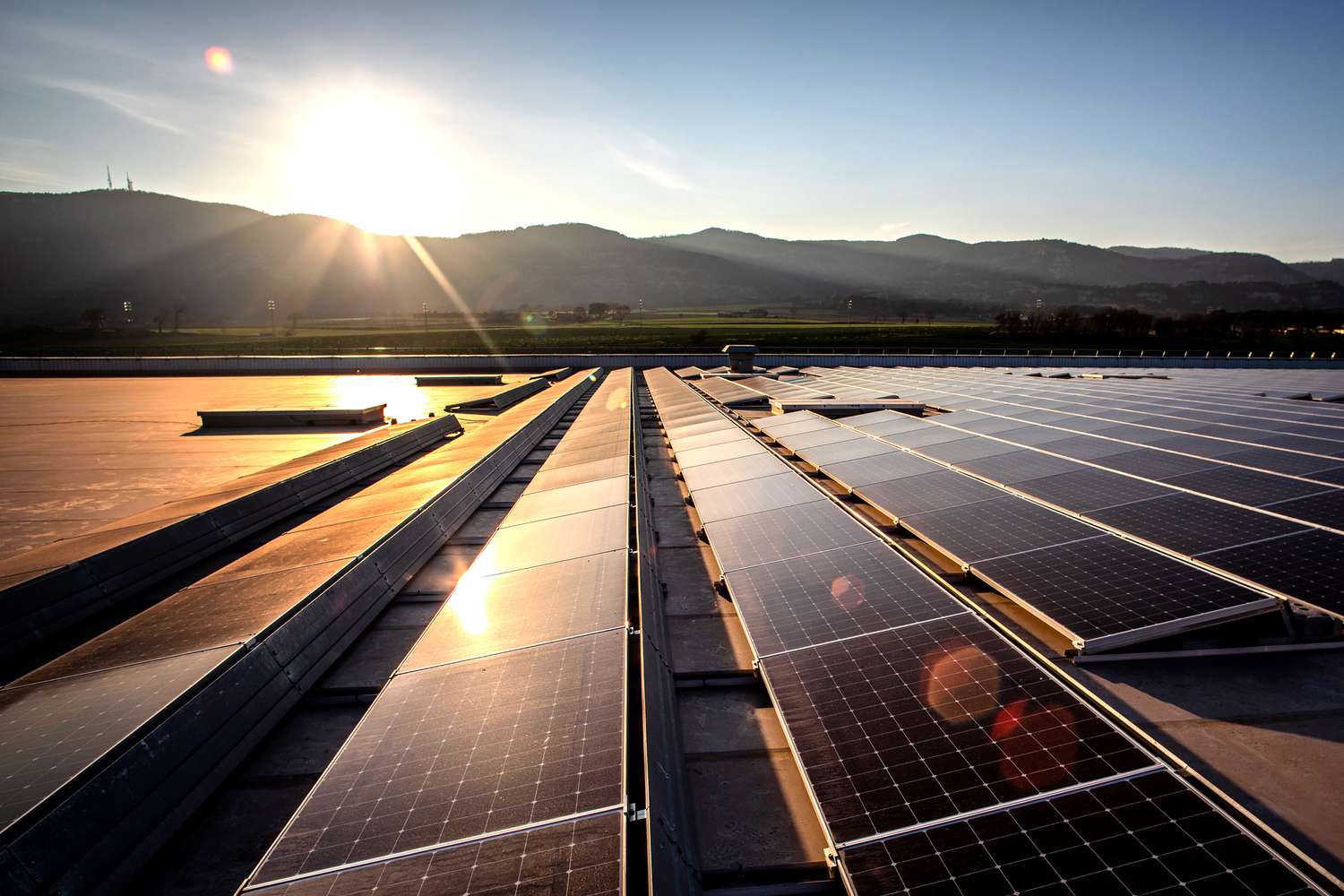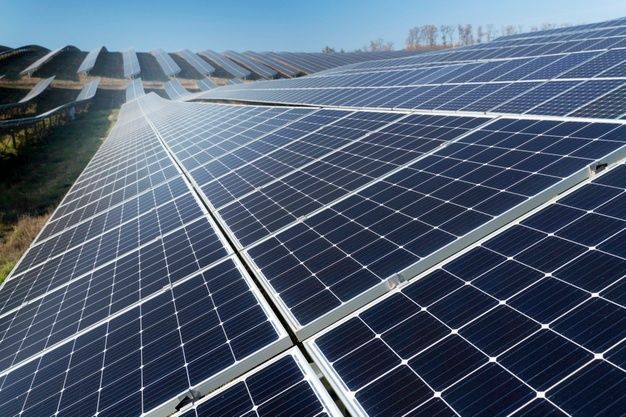Energy Independence
In disaster-prone areas or areas with unreliable power grids. Off-grid solar systems have been a lifesaver in hurricane-affected areas like Puerto Rico. After Hurricane Maria, a large number of residents switched to solar power and reduced their reliance on the central grid.
Savings over time: One family in Hawaii, one of the most expensive states for electricity in the country, can save up to $200 per month on their electricity bill by switching to an off-grid solar system.
Environmental Impact
Off-grid solar systems have an incredibly positive impact on the environment by reducing reliance on fossil fuels and helping to reduce carbon emissions. In Sweden, a country committed to carbon neutrality, off-grid rooftop solar users save about 1.5 tons of CO2 per household per year.
Off-grid solar homes in California really attract buyers, selling faster and at a higher price than similar homes without renewable energy. The premium can be as much as 4.4% of the home's value.
When power consistency directly affects your productivity - on a farm or rural business - the advantages in reliability and maintenance are critical. The reduction in energy costs resulting from the farm’s use of off-grid solar for irrigation systems and running machinery also suggests that including IoT monitoring is not excessive and will not deplete the operating budget at any point during normal operating hours due to power outages.
Reduced Utility Bills
A family in Arizona who installed an off-grid solar system saw their monthly utility bill drop from $200 to zero.
Off-grid solar systems make long-term financial planning easier. The initial installation cost is high, but that cost can be offset in the long run. A normal installation can cost around $20,000, and federal and state solar incentives can significantly reduce that cost.
The advantage of having protection from energy price fluctuations. Traditional energy customers can see their rates change as fuel costs change or as policies change about the way we produce and consume electricity. Off-grid solar users lock in their energy costs when they first purchase their system.
ROI
The ROI of an off-grid solar system is more than just a payback; it also includes energy freedom and carbon cost savings. In California, it typically takes about nine years for a solar installation to reach the break-even point, while also significantly reducing carbon emissions.
Growing Energy Demand
Off-grid systems are designed to efficiently accommodate growing energy demands. If a home grows in size or energy usage increases, traditional electricity customers may face greater expenses or the necessity for expensive service renewals.
Versatility In Location
One exciting aspect of off-grid solar systems is location freedom. The Department of Energy study found that 1.2 million households living in the most remote areas of the United States have access to solar only through off-grid means.
Off-grid solar systems can facilitate expanded access in remote areas. Off-grid solar systems are a cleaner option that doesn’t sacrifice the natural beauty of the area, but still provides reliable power.
They can be designed to the customized energy needs of any given site, regardless of climate or location. In the rainy Pacific Northwest, systems will be equipped with greater storage capacity to cope with fewer sunny days during the year, while systems designed for the clear skies of the Southwest are more focused on capturing solar energy at all times.
In the suburbs. Off-grid systems in cities can reduce the burden on aging city generation and distribution grids, acting as a stable backup power source during power outages. A recent report by the New York City Energy Planning Commission determined that if off-grid solar was incorporated into just 5% of the city’s buildings, it would reduce peak grid demand by a staggering 300 megawatts—the equivalent of avoiding the construction of a small power plant.
Support for nomadic and mobile lifestyles shows its flexibility. Portable off-grid solar kits are a solution designed for RVs, boats, and other mobile homes for complete energy independence on the road.
Environmental Impact
According to the U.S. Environmental Protection Agency, by switching from fossil fuels to solar, an average American household can reduce carbon emissions by more than 3 tons per year.
Implementing and adopting off-grid solar systems is more efficient in conserving natural resources. They do not rely on water to generate electricity, and 40% or another portion of the H2O consumed by coal-fired and nuclear power plants nationwide is used as energy.
Reduced Air and Water Pollution
SunPower machines do not produce any pollutants or greenhouse gases (GHGs). This is in stark contrast to traditional power generation, which remains a major source of air and water pollution, emitting sulfur dioxide (the main cause of acid rain) and mercury, which is a serious problem for human health, crop yields, and the environment.
Solar panels can be installed on rooftops or in small, remote locations that do not have to be clustered into collection paths, which means we can ultimately save natural habitats and biodiversity tide tanks.
Integrating off-grid solar solutions into community planning can promote sustainable development. Standalone systems help create sustainable, resilient communities by providing clean energy and continued operations, thereby keeping the economy running smoothly (or restarting) without causing wider damage to the local environment.
Reliability In Emergencies
Quickly controlling power outages is a major benefit of off-grid solar systems. When the traditional grid fails due to natural disasters, off-grid solar installations often continue to provide power without interruption. During the 2017 hurricane season, while millions were plunged into darkness, solar-powered homes along Florida's Gulf Coast kept the lights on.
Off-Grid Solar Systems
By being free from grid vulnerabilities, a home or facility with a stand-alone solar system can be free from all grid-related issues, such as overloads and maintenance outages. With off-grid solar, hospitals and emergency services can conduct important operations without worrying about planned power outages.
The greater durability and lower maintenance requirements of modern off-grid solar systems are two key factors in increased reliability. Solar panels and batteries are built to withstand weather like heavy rain, snow, and high winds. Installations in areas susceptible to these conditions have demonstrated failure rates of less than 1%.
It's also scalable during extended outages, because when your solar system runs out of power, you can add more battery storage or panels as needed.
Nighttime/cloudy storage ensures that power is always available, not just when the sun is up. This type of solar system generates excess energy during the day and uses advanced battery-based storage technology to provide power at night or during inclement weather conditions.



